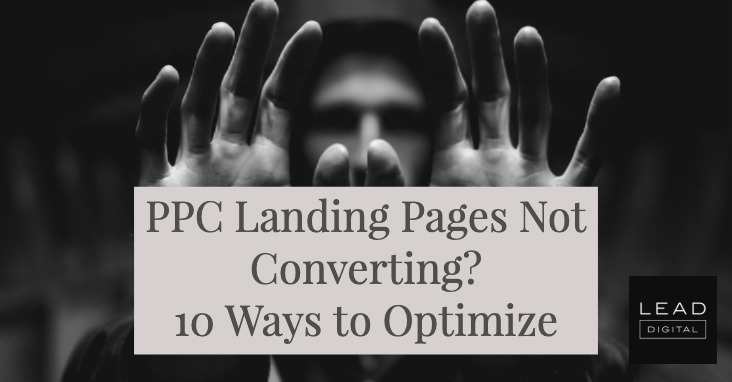 Landing pages form the backbone of any PPC campaign.
Landing pages form the backbone of any PPC campaign.
All the keywords, ad copy, and targeting in your PPC account are instrumental in getting visitors to your landing page, but are you keeping visitors engaged? Are they taking the action you want them to take?
If you find yourself struggling with low conversion rates and high bounce rates—even though clickthrough rates are soaring—chances are your PPC landing page is the problem. There are a few best practices to follow when creating your landing page, and after that, it’s a constant cycle of testing and more testing until you find that winning combination that makes your conversion rates soar.
PPC Landing Page Best Practices
1. Establish Landing Page Goals
Consider this before launching your landing page: What action do you want people to take when they visit your landing page? Depending on your industry, the answer could be to watch a demo, sign up for a free trial, sign up for a newsletter, or schedule a call.
Once you’ve established the goal of your landing page, everything else—content and offers—should center around that goal.
Ideally, you’d want your landing page to focus on one specific goal in order to keep page visitors focused on one action.
2. Consider Your Target Audience
When building your landing page, the first thing to consider is who your target audience is and what they are looking for. The copy, hero image, call to action, and lead form should be geared toward capturing user attention.
Understand the search intent of your audience by putting yourself in their shoes. Someone searching for a small business CRM has a significantly different intent than someone searching for a CRM for lawyers. By gearing your landing page to your audience’s search intent, you gain their trust because you’re offering them exactly what they’re looking for.
3. Capture User Information
You’re directing visitors to a landing page because you want their information. At the very least, you want their name, phone number, and email address. This is the information that people find the most difficult to part with because it’s personal. When they provide you with this information, it’s because they find your landing page meaningful.
Keep your lead forms short and focus on the information that you need, not the information you want. If a name and email address fulfills your purpose, don’t ask them to fill out 10 different form fields.
4. Use a Clear CTA
Consider this: You visit a beautiful, intuitive website that doesn’t have a call to action. You can appreciate the design, but what is your next step? Lacking a clear CTA impacts your bounce rates and is one of the most common reasons behind PPC landing pages not converting.
Always have a clear CTA above the fold. For paid traffic, this not only serves as a reminder for why they are on your landing page, but it also reinforces the action you want them to take. – Read more



